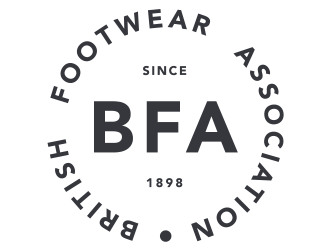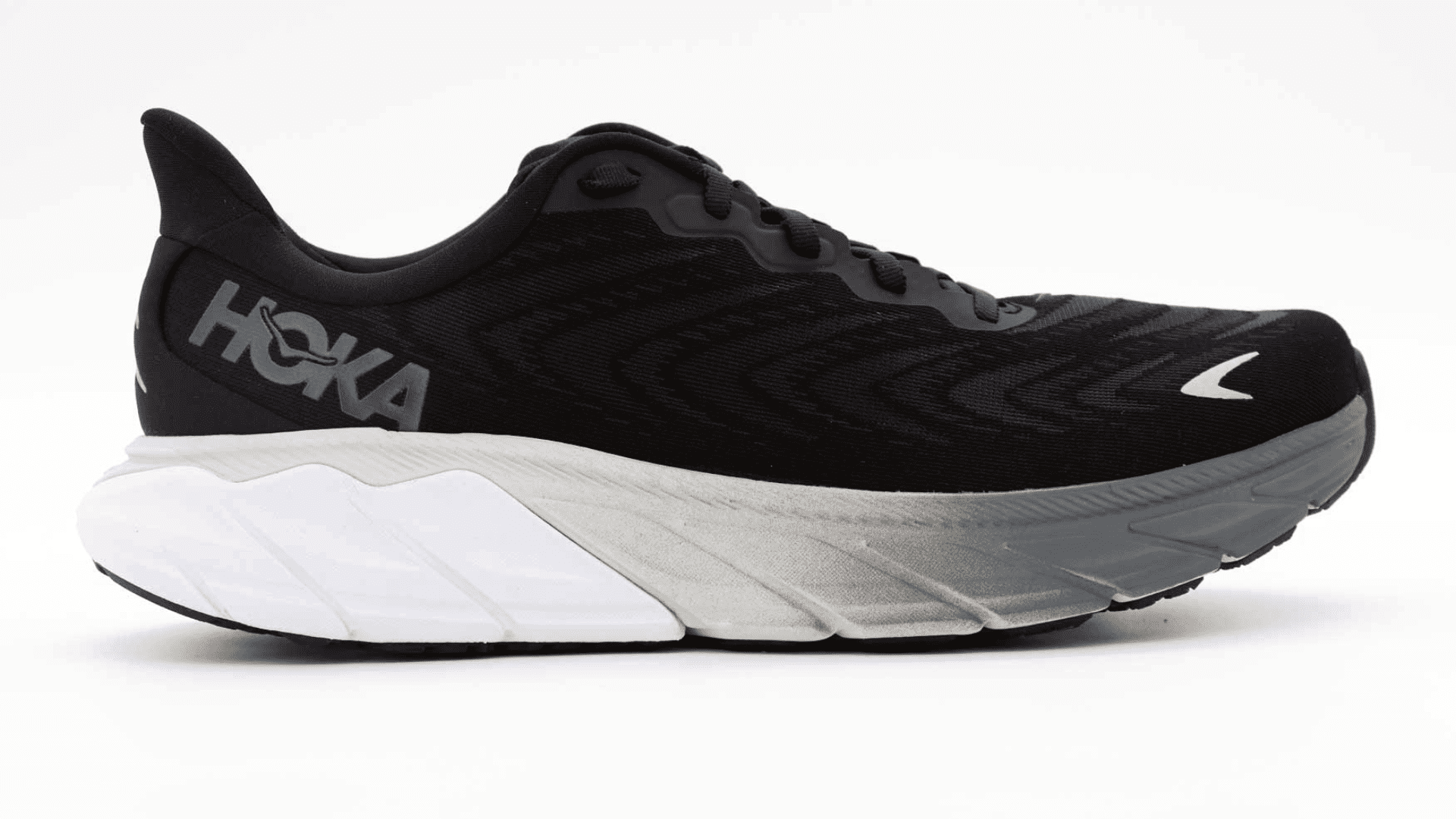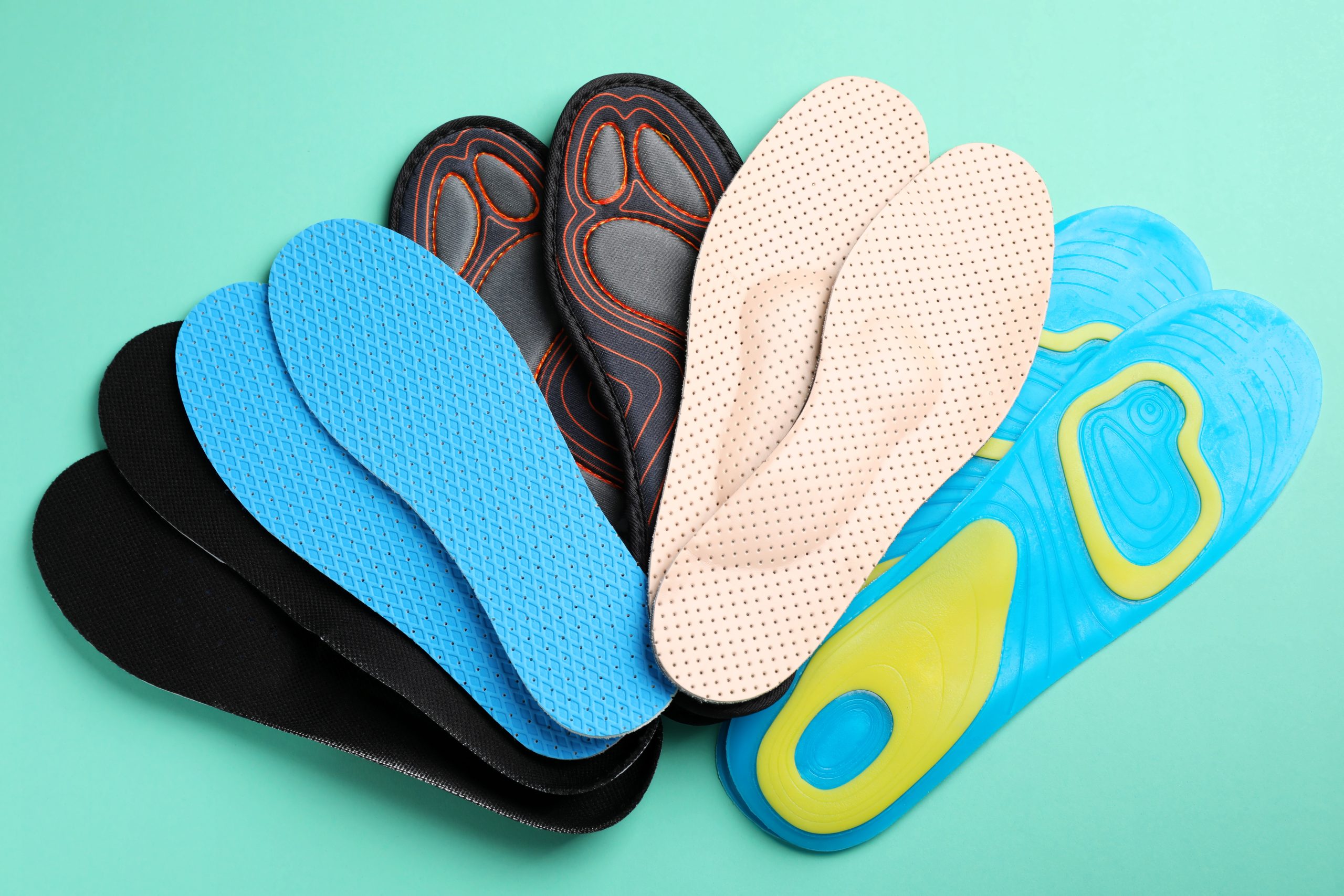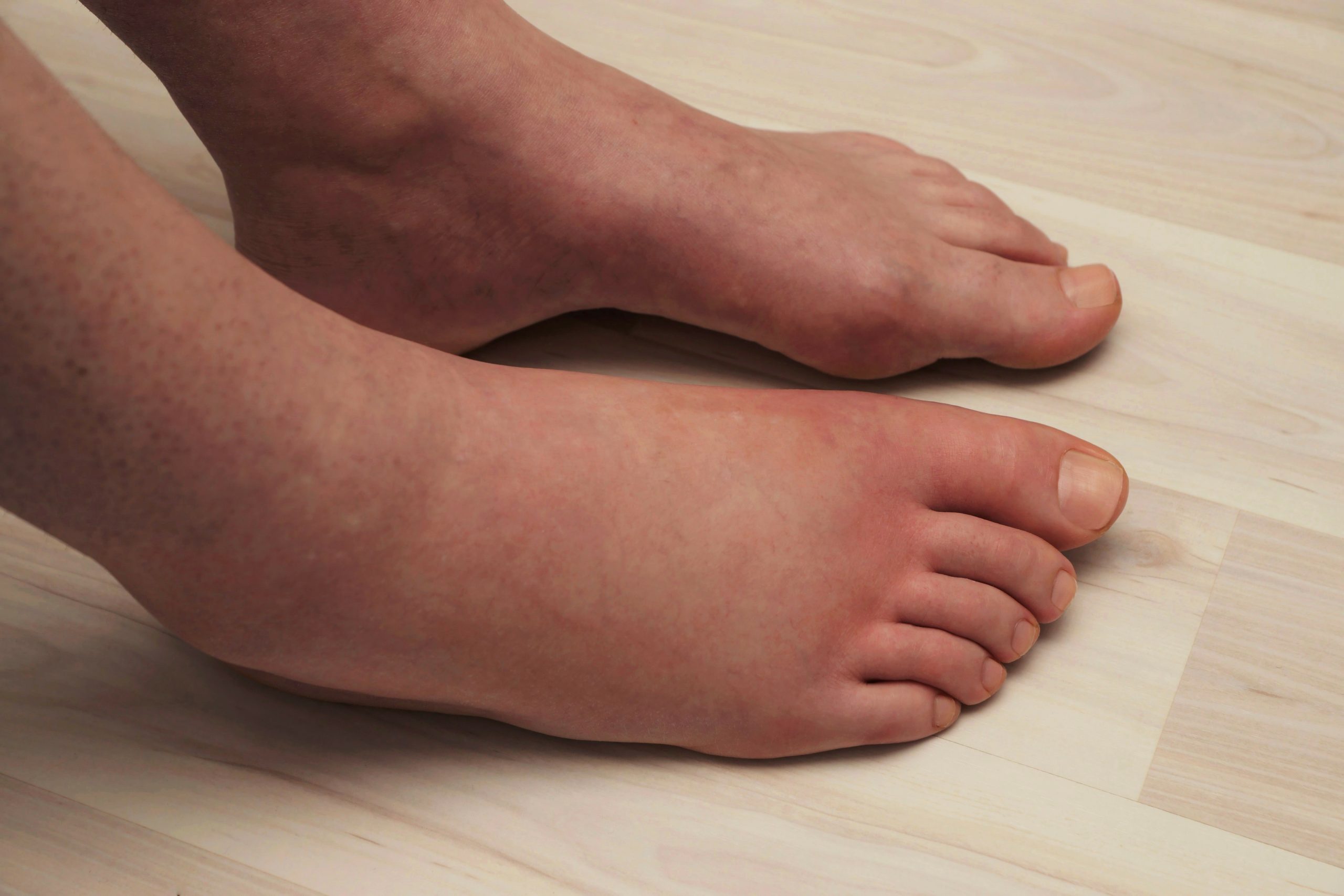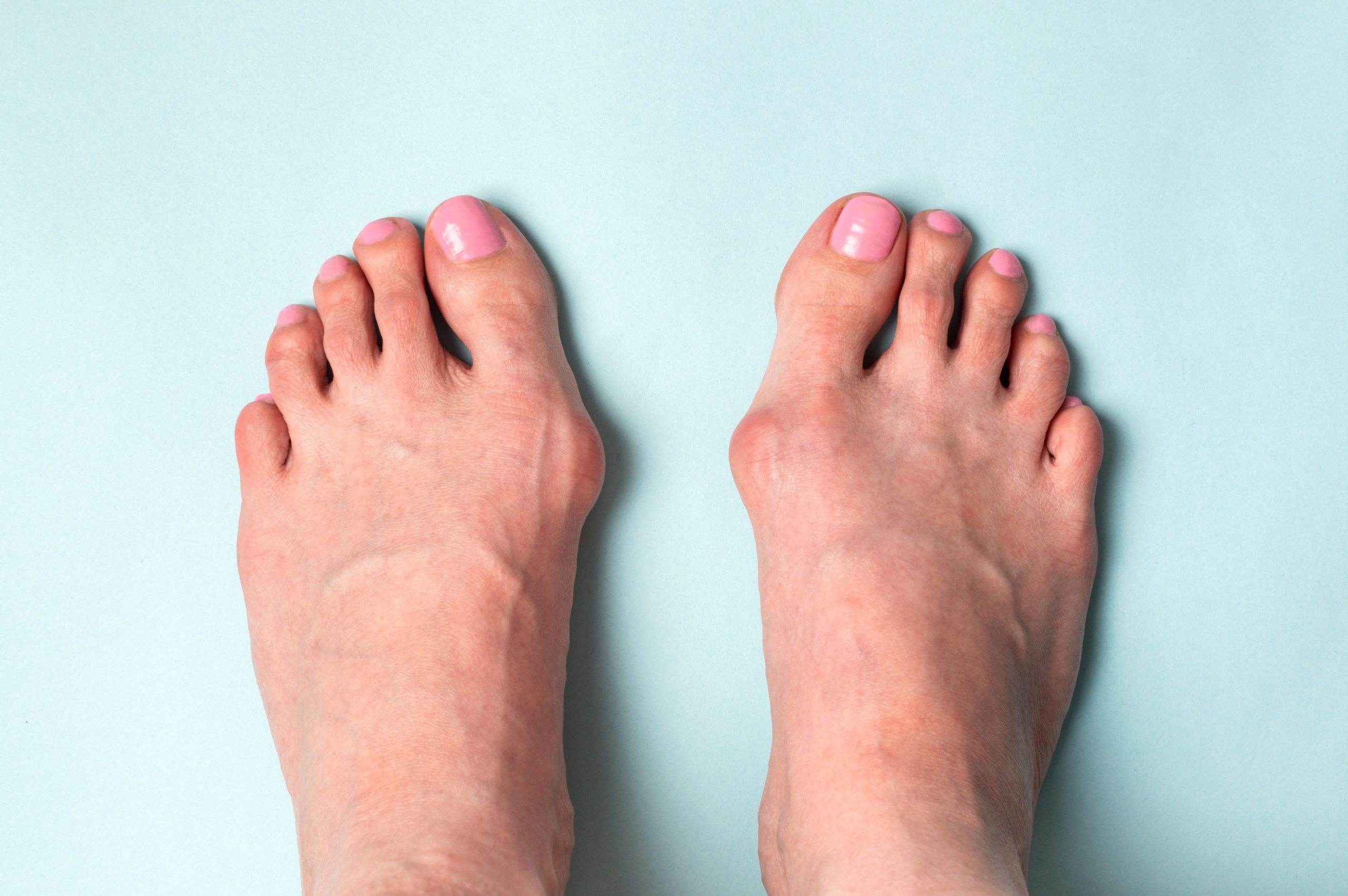
Bunions are a common foot deformity that often causes pain and discomfort for those who have them. Despite their prevalence, there are many misconceptions about bunions that may prevent people from seeking appropriate treatment. In this blog post, we will dispel three huge misconceptions about bunions and provide accurate information about this condition. By understanding the facts about bunions, you can make informed decisions about your foot health and seek the right treatment for your specific needs.
From their causes to treatment options, we’ll provide an in-depth look at this common foot condition and help you separate fact from fiction. Whether you’re living with bunions or simply want to learn more about them, this post will provide you with valuable insights and information. You can also browse our collection of shoes that you can wear with bunions, or shoes for orthotics to support your treatment plan.
1. Bunions are caused by wearing high heels.
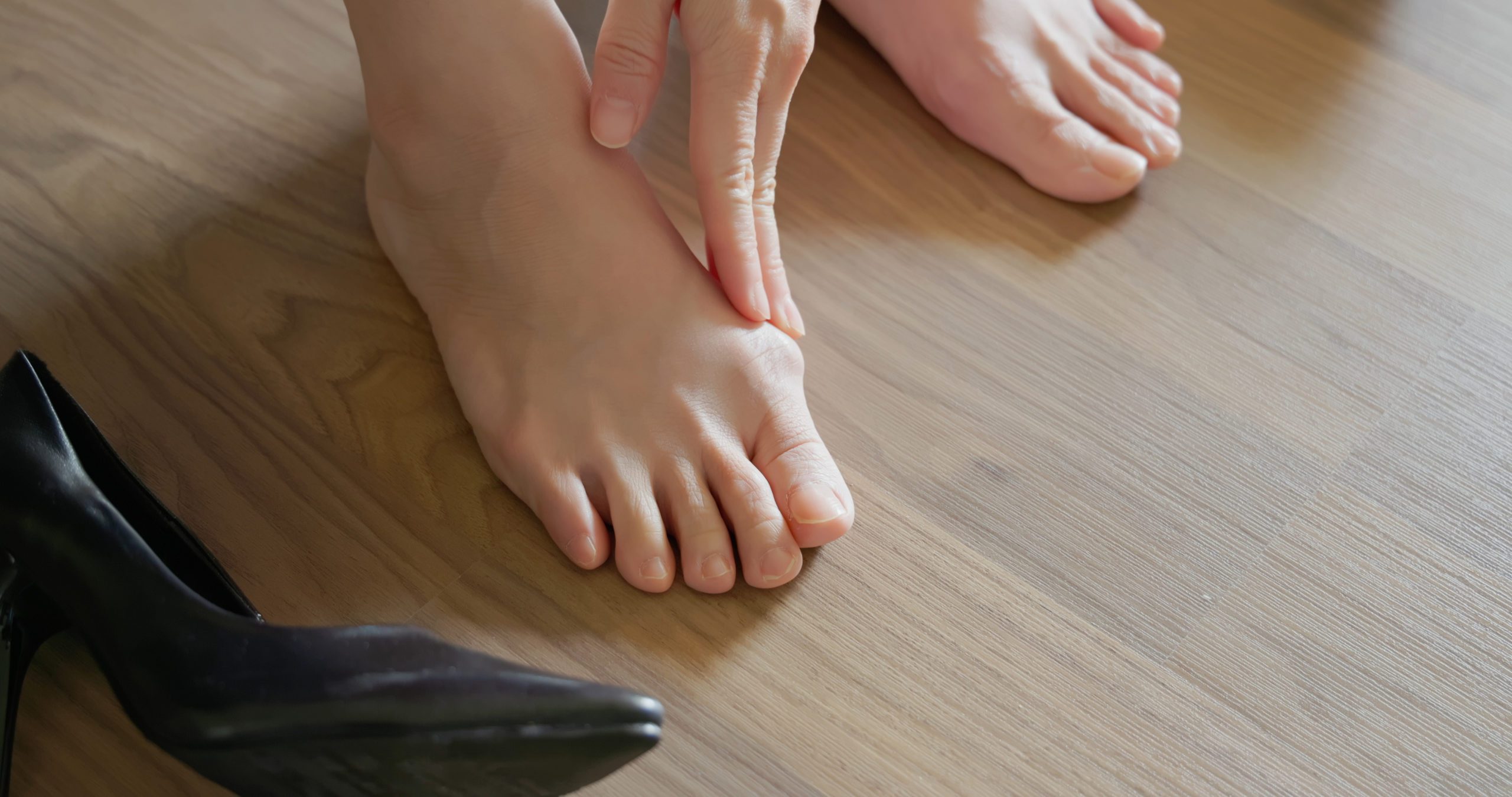
Bunions are a common foot condition that causes a bony bump to form on the joint at the base of the big toe. While it is often believed that bunions are caused by wearing high-heel shoes, this is not entirely true. In fact, there are many factors that can contribute to the development of bunions, and the true cause is still relatively unknown.
It is important to note that while high-heel shoes can certainly contribute to the development of bunions, they are not the only cause. In fact, any shoe that doesn’t fit properly or that puts excessive pressure on the joints in your feet can increase your risk of developing bunions. Wearing shoes that are too tight, too lose, have a high heel, or are too pointy, can all be contributing factors to bunions forming, rather than the exclusive cause.
Therefore, it is not accurate to say that bunions are caused by wearing high-heel shoes. Instead, it is more accurate to say that ANY bad fitting shoes that overstrain the joints in your feet can contribute to their development, rather than one specific type of shoe. If you are concerned about your risk of developing bunions, it is best to speak with a foot specialist to discuss your individual risk factors and the steps you can take to prevent or manage this condition.
As a side topic, we understand that some people wear high heels as part of their uniform, or work attire. In this case, we would recommend you wear something with a lower heel height. A heel height of one inch will do a lot less long term damage to your feet than anything bigger.
Consider the functionality of your footwear.
Slight side-topic, but something we always say. When considering the functionality of your shoes, it is important to think about their purpose. High heels may be suitable for short-term use, such as at parties or special events, but they are not practical for everyday wear or activities that require a lot of walking or standing. In these situations, it is better to choose a pair of shoes that provide more support and comfort, such as flats or trainers. While high heels may be fashionable, it is important to prioritise the functionality of your footwear for long-term comfort and convenience.
This is slightly deviating, but it’s useful information. High-heels tend to have more of an impact on your Achilles tendon over anything else, so that’s something to be mindful of should you choose to wear them! Achilles tendonitis is another common condition that affects your feet and ankles, and can also cause lots of pain and discomfort. Wearing heels can make you more at risk of developing tendonitis, due to the unnatural position your feet are sitting in.
2. Bunions can be cured with over-the-counter pain relievers.
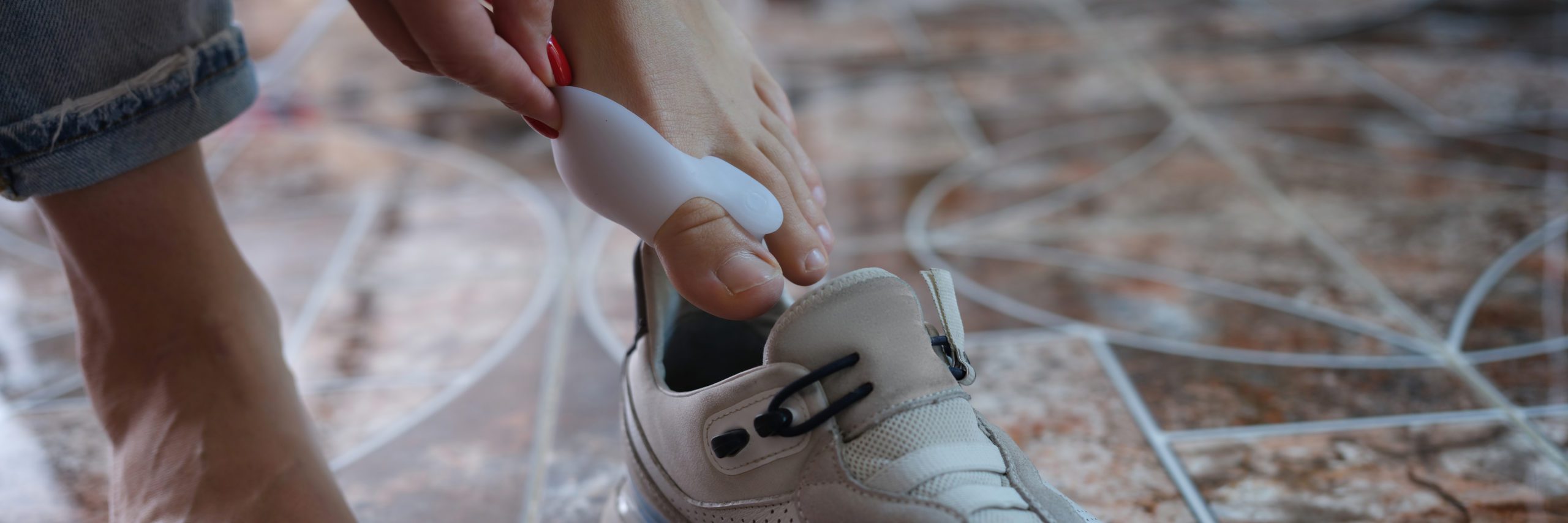
One of the biggest misconceptions about bunions is that they can be cured with over-the-counter pain relievers. However, this is not true. While pain relievers can help to alleviate the discomfort caused by bunions, they will not cure the underlying condition. That would be like taking paracetamol to heal a broken bone. Sure, it might help with the pain and discomfort, but it doesn’t necessarily fix anything.
Bunions are a structural deformity of the foot, and as such, they cannot be cured with medication alone. In fact, treating them with over-the-counter pain relievers can actually make the condition worse in the long run, as these medications only mask the symptoms without addressing the underlying cause. An over-the-counter remedy that might actually help would be a bunion pad, or something similar to help protect the skin. If you are wearing footwear that is too tight, the skin will be rubbing a lot and could be overly sensitive and sore.
One thing to consider however, is that adding anything inside your shoe will inevitably take up room, and could make it tighter. Even with a bunion pad, the fit of your shoes is still absolutely vital. Otherwise, it may not work as intended. If the shoe is already too tight, a bunion pad will not help. If anything, it could further exacerbate your pain!
According to the NHS, the only way to ‘cure’ bunions is to correct the structural deformity through surgery or other interventions. In some cases, physical therapy or other forms of conservative treatment can help to reduce pain and improve mobility, but they cannot cure the condition. Even still, after surgery there is a small chance that they will come back.
For professional advice on how to help correct a bunion, you should always see a podiatrist. They can assess your feet and recommend the best course of action.
3. Only older people get bunions.

Many people believe that bunions only affect older individuals, but this is not true. While bunions are certainly more common in older adults, they can affect people of all ages. In fact, some people may develop bunions at a young age, particularly if they have a family history of the condition or certain risk factors. Certain sports or activities can also accelerate their development, such as ballet, due to the immense strain it puts on the feet.
The deformity can be caused by a variety of factors, including genetics, foot structure, and medical conditions such as arthritis. Wearing tight or narrow shoes can also contribute to their development, regardless of a person’s age.
If you’re concerned about your risk of developing bunions, it’s important to talk to a healthcare professional – specifically a podiatrist. They can assess your foot structure and medical history, and provide advice on how to prevent or manage the condition. While they are more common in older adults, they can affect people of any age, so it’s important to be aware of the risk factors and take steps to protect your feet.
Take care of your feet, so they can take care of you!
Taking care of your feet is essential. Whether day-to-day life or participating in sports, taking the correct measures to protect your feet can help prevent long-term complications. Feet are the foundation of the body and play a crucial role in activities like running, jumping, and other movements. If your feet are not properly taken care of, it can lead to conditions such as bunions, blisters, calluses, and foot pain.
These conditions can not only hinder your performance, but they can also lead to more serious complications if left untreated. By taking steps to care for your feet, such as wearing properly fitted shoes that have enough support, you can help prevent these issues and continue to enjoy your favourite sports without any long-term complications.
Final thoughts.
In conclusion, there are many misconceptions about bunions that can lead to misunderstandings about their causes and treatment. By understanding the true causes and treatment options for bunions, you can take steps to prevent and properly manage this common foot condition – though as we keep mentioning, the best way for you to deal with this condition is to consult with a medical professional who can best advise you on what actions to take.
If you have concerns about your bunions, it’s important to talk to a healthcare professional. They can assess your foot structure and medical history, and provide advice on the best way to prevent or manage the condition. With the right treatment and support, you can reduce the discomfort and improve the appearance of your bunions. Don’t let bunions hold you back – take action and seek the help you need to keep your feet healthy and happy.
If you’re looking for footwear for bunions, we recommend booking a free personal shopping appointment with one of our shoe-fitters.
It can be scheduled at your own convenience, and you will benefit from the valuable advice that will change the way that you shop for footwear.



